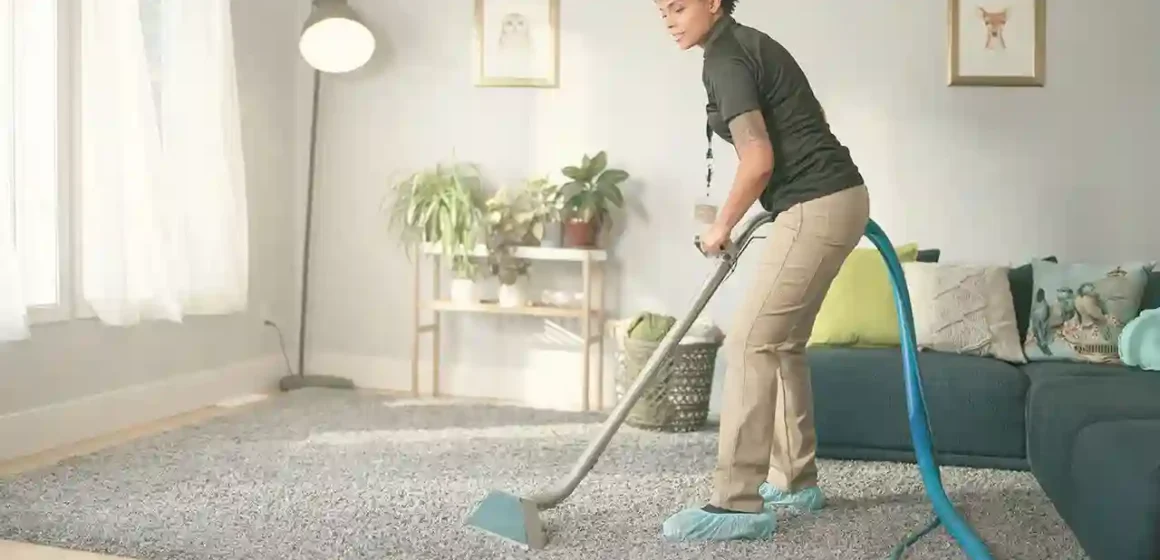Maintaining a clean and hygienic home environment is a top priority for many households. While regular cleaning routines often include dusting, sweeping, and mopping, one area that can be easily overlooked is rug cleaning. Rugs play a significant role in home aesthetics and comfort, but they also harbor dust, allergens, and contaminants that can affect the health and well-being of your family. In this 1000-word article, we will explore the impact of rug cleaning on home health and hygiene and why it should be an essential part of your cleaning regimen.
The Role of Rugs in Home Comfort
Rugs serve multiple functions in a home, from adding warmth and coziness to enhancing interior decor. They provide a comfortable surface for walking, sitting, and playing, making them an integral part of daily life. However, the fibers of rugs can trap and accumulate various particles over time, impacting indoor air quality and potentially posing health risks.
Common Contaminants Found in Rugs
- Dust and Dirt: Rugs act as a magnet for dust and dirt particles that settle on their surface. When these particles are disturbed through activities like walking or even air circulation, they become airborne, contributing to indoor dust levels.
- Allergens: Dust mites, pet dander, and pollen are common indoor allergens that can accumulate in rugs. For individuals with allergies or asthma, exposure to these allergens can trigger symptoms and exacerbate health issues.
- Bacteria and Germs: Rugs in high-traffic areas may harbor bacteria and germs brought in from outside, such as from shoes. In homes with pets, bacterial contaminants can also be a concern.
- Mold and Mildew: Moisture from spills or high humidity levels can lead to mold and mildew growth in rugs. These fungi can release spores into the air, potentially causing respiratory problems and allergies.
The Impact of Unclean Rugs on Health
- Respiratory Issues: The accumulation of allergens and dust in rugs can lead to respiratory issues, particularly in individuals with allergies or asthma. Symptoms may include sneezing, coughing, congestion, and wheezing.
- Skin Irritations: Bacteria and mold in rugs can cause skin irritations and infections, especially in children who frequently play on the floor.
- Allergic Reactions: Allergens from rugs can trigger allergic reactions, ranging from mild discomfort to severe responses in individuals who are highly sensitive.
- Worsening of Existing Health Conditions: For those with pre-existing health conditions like asthma or chronic obstructive pulmonary disease (COPD), exposure to contaminants from rugs can worsen their condition.
The Benefits of Regular Rug Cleaning
Regular rug cleaning is essential for maintaining a healthy and hygienic home environment. Here are the benefits it offers:
Rug Cleaning Methods for Home Health and Hygiene
- Vacuuming: Regular vacuuming is the first line of defense against dust and allergens. Use a vacuum cleaner with a HEPA filter to trap fine particles effectively.
- Spot Cleaning: Address spills and stains promptly to prevent them from setting. Use appropriate cleaning solutions and techniques for different types of stains.
- Professional Cleaning: Consider professional rug cleaning services at least once a year. Professionals have the expertise and equipment to deep clean rugs effectively.
- Regular Maintenance: In addition to professional cleaning, establish a routine for regular rug maintenance, including vacuuming and spot cleaning as needed.
Eco-Friendly Rug Cleaning
For those concerned about the environment and the use of chemicals in cleaning, there are eco-friendly rug cleaning options available. These methods prioritize sustainability and use environmentally safe products and practices. Eco-friendly rug cleaning is not only beneficial for the environment but also for the health of your family, as it minimizes exposure to harmful chemicals.
Tips for a Healthy and Hygienic Home with Rugs
- Establish a Cleaning Schedule: Set a regular cleaning schedule for your rugs that includes vacuuming and professional cleaning when necessary.
- Use Rug Pads: Rug pads help prevent rugs from sliding and can act as an additional barrier against dirt and moisture, prolonging rug life.
- Implement a Shoe-Free Policy: Encourage family members and guests to remove their shoes at the entrance to prevent outdoor contaminants from being tracked onto rugs.
- Keep Pets Clean: Regularly groom and bathe pets to minimize shedding and allergen buildup in rugs.
- Control Humidity: Maintain indoor humidity levels to prevent mold and mildew growth. Use a dehumidifier if necessary.
- Invest in Air Purifiers: Consider using air purifiers with HEPA filters to further improve indoor air quality.
- Conclusion: Rug cleaning is an integral part of maintaining a healthy and hygienic home environment. Clean rugs contribute to improved indoor air quality, reduced allergen levels, and a lower risk of respiratory problems and allergies. By adopting a regular cleaning routine, seeking professional cleaning services when needed, and considering eco-friendly cleaning options, you can create a clean and healthy living space for your family. Remember that a clean and hygienic home not only promotes physical well-being but also enhances overall comfort and quality of life.



Leave a Reply